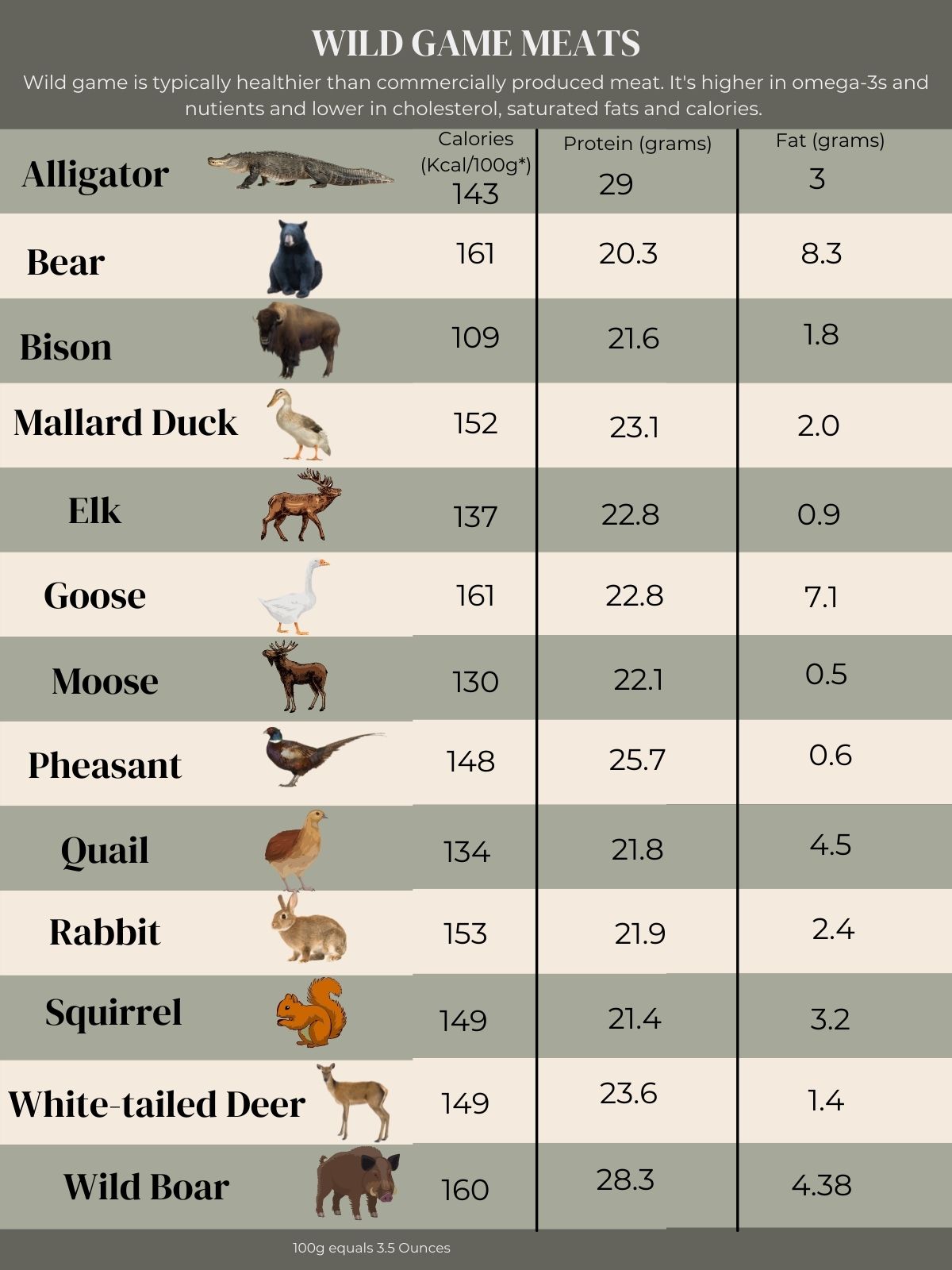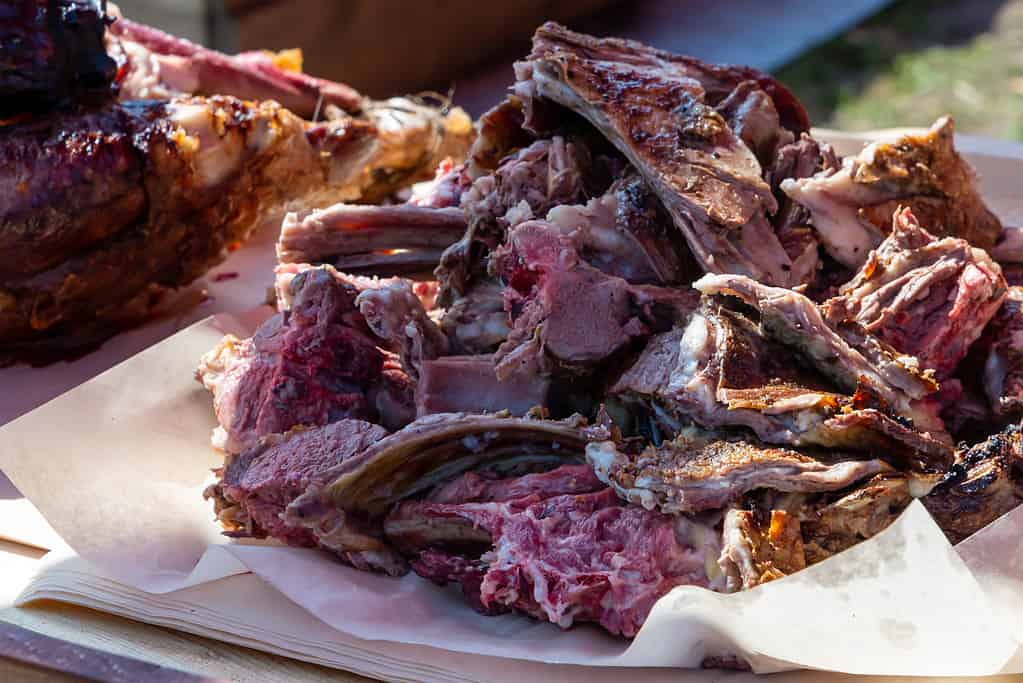Gamey Meat: Understanding the Unique Flavors and Benefits
List of pertinent information about gamey meat:
1. Gamey meat refers to meat that has a different taste compared to standard, store-bought, farmed meats.
2. Diet plays a significant role in the gaminess of meat, as wild animals typically eat things other than corn.
3. Certain farmed animals like lamb, older goats, and guinea hens can also be perceived as gamey.
4. Different flavors in the skin and fat of wild animals contribute to the gamey taste.
5. Waterfowl like scoters and spoonies have stronger aromas due to their diet of clams, while ptarmigan and spruce grouse have a pungent flavor from their diet of berries, forbs, lichen, and conifer needles.
6. Gamey meat is a matter of personal preference, neither good nor bad.
7. Age and athleticism of wild animals can contribute to a stronger flavor in the meat.
8. Aged meat, such as aged beef and wild game like venison, can develop intense flavors similar to blue cheese and become tender.
9. Poorly handled game meat can be twangy, sour, and smelly.
10. Proper meat care, such as immediate gutting and skinning of hunted animals, cooling down waterfowl and large animals like moose, and avoiding bad bacteria and hormones in mammals are essential to avoid gamey flavors.
11. Testosterone in animals can affect the flavor and aroma of the meat, as well as the weight and fat content.
12. Animal stress, caused by rutting or being chased, can negatively impact meat quality.
13. Brining the meat in a saltwater solution, soaking it in milk, or using a red wine soak can remove the gamey taste.
14. Proper meat care, including avoiding cutting certain glands and keeping the meat cold, is important for preserving meat quality.

